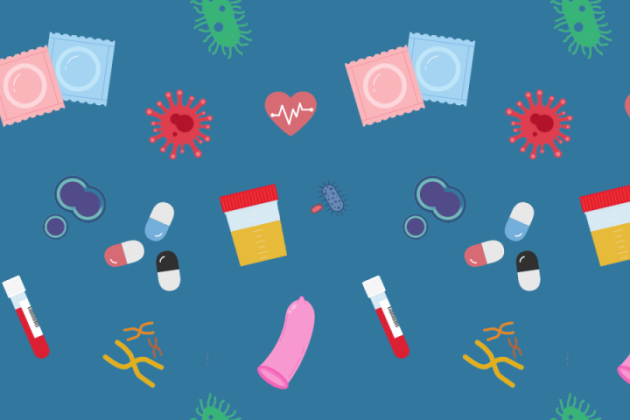
STI stands for sexually transmitted infection. They used to be called STDs (sexually transmitted diseases) but aren’t anymore because they don't always have symptoms and an infection doesn’t always develop into a disease.
You might also see the acronym STBBI. STBBI is when we combine the shorthand for “sexually transmitted infection” and the shorthand for “blood borne infection,” which refers to infections that can pass from one person to another through blood and other body fluids.
These are all different terms for the same thing: infections you can get through sexual contact (sex of many kinds) with a partner who has that infection or pass to someone else if you have that infection.
Stigma, shame, and fear associated with STIs is real and affects many people. Stigma can come from a lack of information about STIs and/or fear of possible impacts on your body, health, and relationships. It can also be fueled by stereotypes around who gets STIs and what getting an STI says about you. There can be a lot of assumptions about what “type” of person gets STIs. Stereotypes and prejudice related to race, gender identity and expression, and/or sexual orientation can also increase stigma around STIs.
This makes talking about STIs—and about preventing them and getting tested—challenging. Not talking about STIs can make them seem less common than they are and make getting an STI seem much scarier.
Anyone who is sexually active can get an STI and can pass it on. Most people will have one or more in their lifetime. Many people who get STIs do not have any symptoms and might not know they have an STI unless they get tested.
Practising safer sex, getting tested regularly, and getting treated when needed can lower your chance of getting or passing STIs and reduce their impacts on your health.
Talking with partner(s) about STIs normalizes taking care of your sexual health and reduces stigma around STIs.
Got questions about STIs? Call or text our Access Line.




